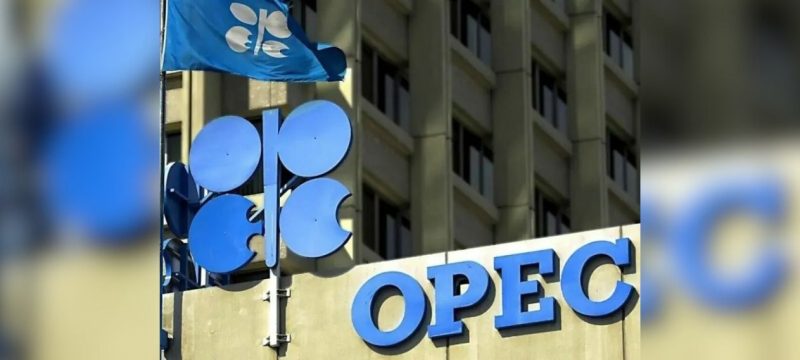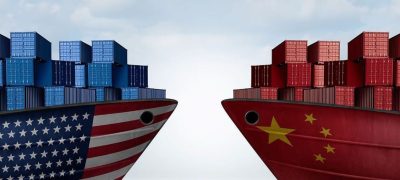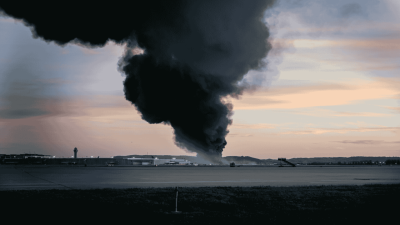The oil alliance OPEC+ has agreed to raise production by 137,000 barrels per day in November, mirroring the increase approved for October. The decision reflects the group’s cautious approach as it seeks to balance market stability with growing global demand concerns.
The modest rise signals that OPEC+ is prioritizing price control over rapid expansion. The alliance — which includes the Organization of the Petroleum Exporting Countries and partners such as Russia — has so far committed to adding about 2.7 million barrels per day back to the market this year. However, analysts say actual output gains have remained below these targets, partly due to technical and compliance challenges faced by some member states.
Traders and energy experts had expected a larger increase, but OPEC+ leaders opted for a gradual move instead. The announcement led to a mild uptick in Brent crude prices, easing market fears of an oversupply-driven price drop.
Behind the restrained decision lies a broader uncertainty about next year’s oil landscape. Market forecasters warn of a possible surplus in 2026 as non-OPEC producers ramp up production, potentially putting downward pressure on prices.
OPEC+ officials emphasized flexibility in their statement, noting that the group may pause or reverse future increases depending on market conditions. This cautious stance aims to balance two competing goals — maintaining price stability for producers while ensuring global energy affordability.
Industry analysts say upcoming refinery demand, inventory data, and U.S. shale output will determine whether OPEC+ sticks to its current plan or adjusts production in the months ahead.
To conclude, OPEC+ appears committed to a steady and calculated strategy rather than aggressive expansion. The alliance continues to monitor demand trends, production levels, and global economic signals to ensure a balanced and stable oil market.
In other news also read about China’s “Secret Payment of Oil” System Helps Iran Bypass U.S. Sanctions









